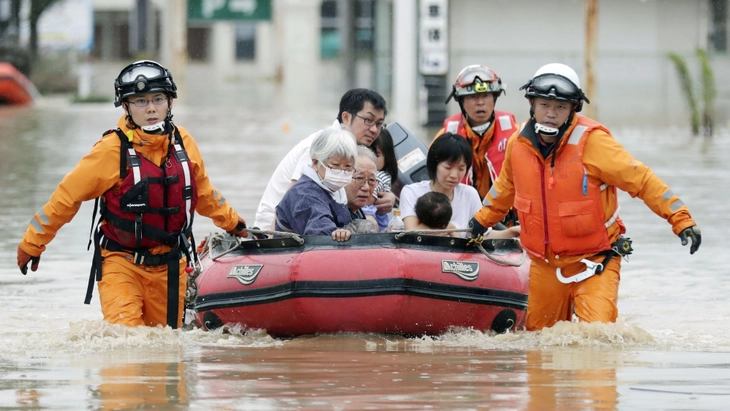
Japanese people were evacuated due to floods in 2018 - Photo: REUTERS
Japan's multi-layered warning system
Japan is famous for its sophisticated disaster warning systems through collaboration with scientific and private research institutes.
The main component of this is the Earthquake Early Warning System (EEW) operated by the Japan Meteorological Agency (JMA). This is considered the backbone of the national early warning system, which can detect earthquakes and send warnings to the public and infrastructure operators several seconds before a strong earthquake occurs.
Typically, this warning is conveyed through television, radio, mobile phones and public address systems installed in many places.
Japan also maintains a Tsunami Warning System, in which the JMA coordinates with local authorities to issue tsunami warnings to areas in danger zones after an earthquake. Authorities will sound coastal sirens and send alerts to mobile phones to make people aware of the impending danger.
The JMA website also provides nationwide weather warnings for the public to follow. Rain, storm, and flood conditions are updated on the agency's website in real time.
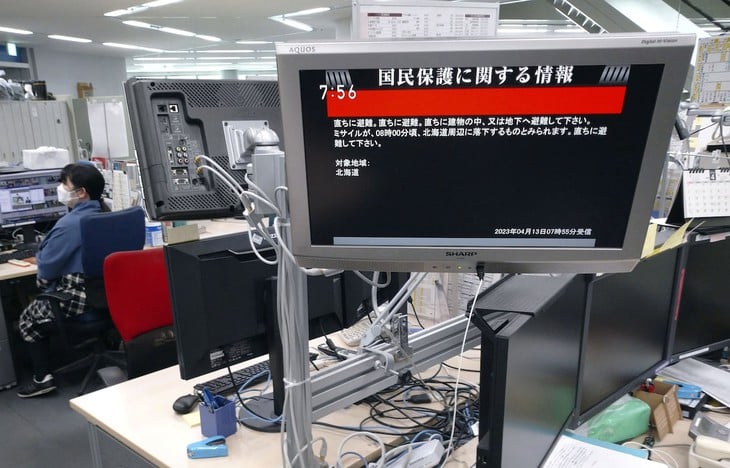
A screen at a company office shows a warning from J-Alert after a North Korean missile launch in 2023 - Photo: REUTERS
A more multi-layered warning system is J-Alert , which allows authorities to immediately transmit emergency information about earthquakes, tsunamis, missile attacks, and other disasters to local authorities and residents.
The Ministry of Land, Infrastructure and Transport is working with telecommunications companies to send instant alerts to all mobile devices in at-risk areas. This comprehensive approach ensures that residents and visitors receive important warning messages.
Mimicking Japan's earthquake warning mechanism, the system's appeal lies in its simplicity: phones automatically receive alerts with distinctive sounds and text messages, with no special setup or app required.
In addition to warnings, Japan also regularly conducts civil defense drills, outlining how citizens should respond in the event of a natural disaster. This is an important part of ensuring that early warnings are effective.
Thailand warns via mobile waves
In Thailand, disaster warning systems became a topic of debate and were rapidly developed after the 2004 Indian Ocean tsunami. However, flooding in the capital Bangkok in 2011 sparked criticism of the government and revealed inadequate preparedness.
One of the main criticisms has focused on the Thai government's handling of the disaster. Many people feel the government has been slow to respond and that communication with the public has been limited.
There was even confusion about evacuation orders and conflicting information about the severity and timing of the flooding.
Critics point out that uncontrolled urban expansion, poor drainage infrastructure and encroachment on natural floodplains have left the city particularly vulnerable.
Failure to invest in resilient infrastructure and the neglect of traditional water management methods are seen as factors that exacerbate the crisis.
The then Thai Prime Minister , Yingluck Shinwatra, admitted that the government was overwhelmed in responding, and asked for the people and the media's understanding.
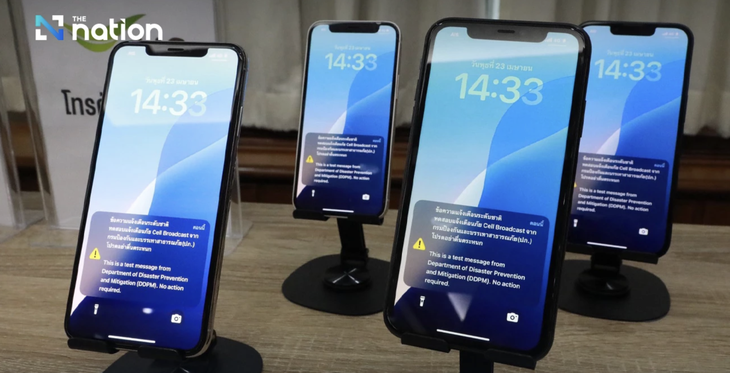
T-Alert system test message sent to mobile phones last September - Photo: The Nation
It wasn't until this past September that Thailand's Ministry of Interior introduced T-Alert , a nationwide early warning system that delivers disaster warnings directly to people in at-risk areas.
Using cellular broadcasting technology, T-Alert can send real-time alerts to mobile phones nationwide. Messages provide details of ongoing or predicted disasters, along with safety instructions.
Currently, T-Alert warns of eight hazards including earthquakes, tsunamis, storms, floods, landslides, cold weather, PM2.5 air pollution and public violence. By the end of 2026, the system will expand to six more categories, including epidemics, hazardous chemical incidents, terrorism, traffic accidents, cyber threats and other risks.
Cold warnings are issued when temperatures drop below 7.9°C, while PM2.5 warnings are triggered at concentrations of 75µg/m3 or higher. Flood and landslide warnings are based on local field data to ensure accuracy.
Source: https://tuoitre.vn/cach-nhat-ban-va-thai-lan-canh-bao-nguoi-dan-truoc-thien-tai-20251004195118118.htm









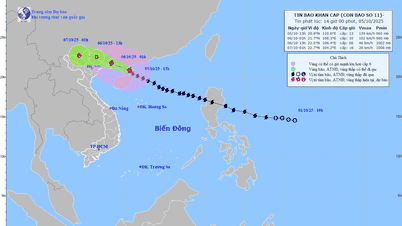






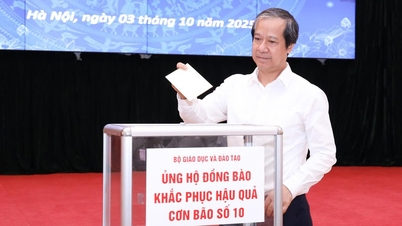


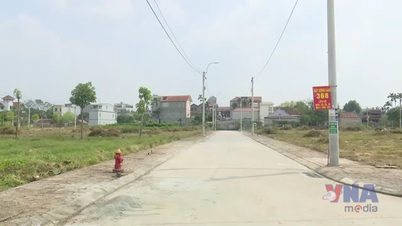













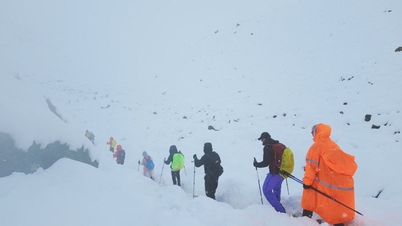










































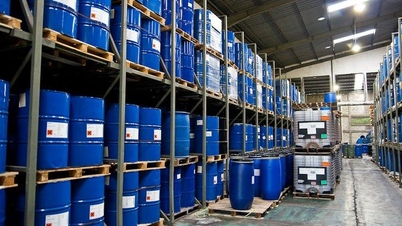








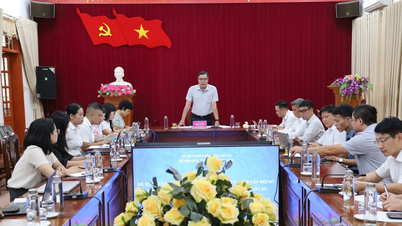


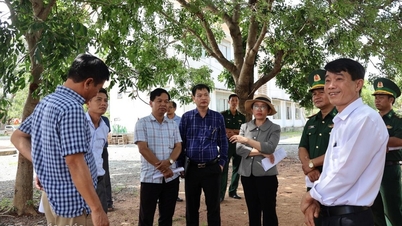















Comment (0)